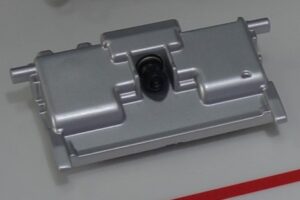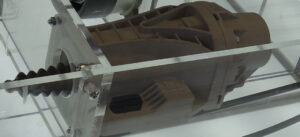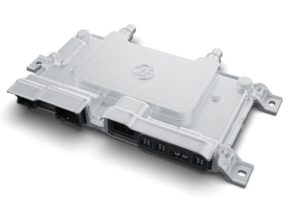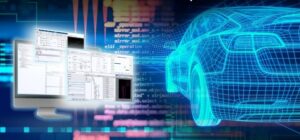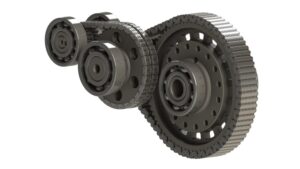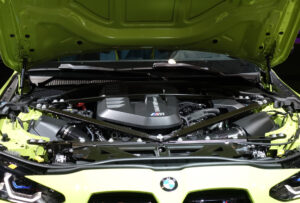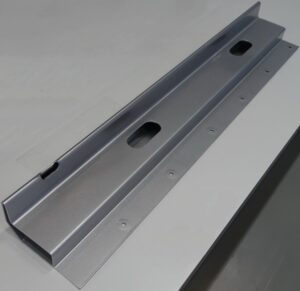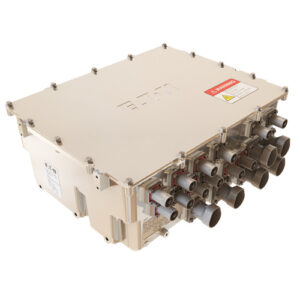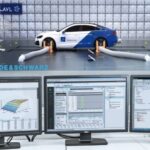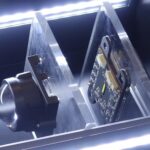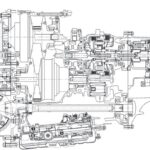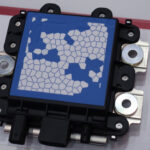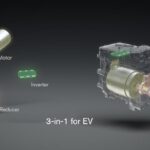The vision for Hyundai Motor Group is that by 2040 hydrogen energy will be used not only for transportation but will also be applied to wider areas of industries and sectors. The Group aims to make hydrogen energy available to ‘Everyone, Everything and Everywhere’.
During Hydrogen Wave, the Group is sharing its plans to proactively respond to climate change through hydrogen solutions, starting with the commercial vehicle sector, which emits larger amounts of CO2 and requires longer drive ranges’ compared with the passenger vehicle sector. As a result of such findings, the Group will launch all-new commercial vehicles such as buses and heavy-duty trucks for the global market as fuel cell electric vehicles and battery electric vehicles.
Third-generation fuel cell system
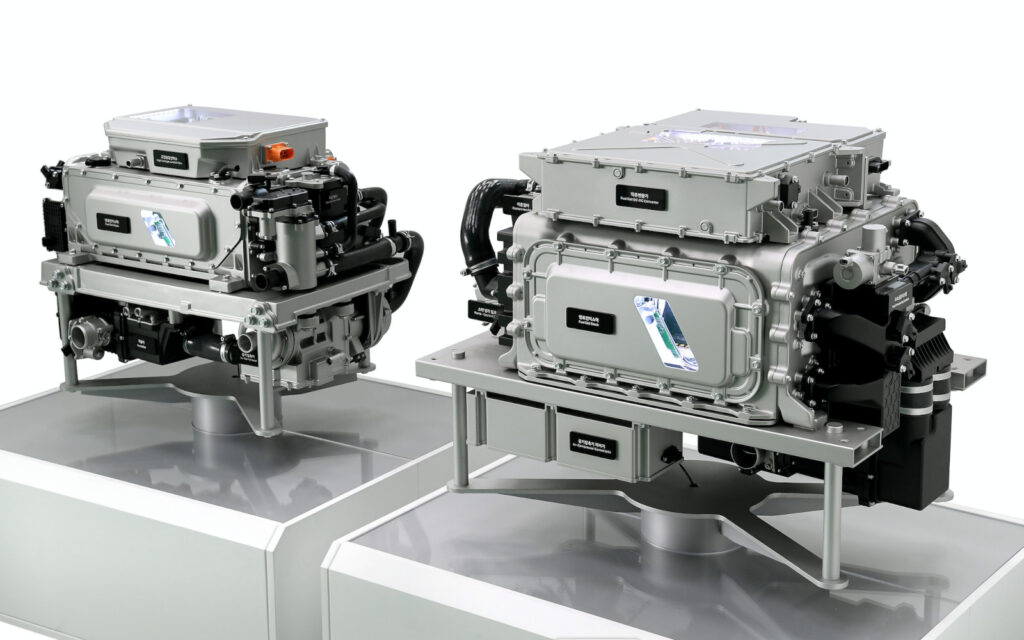
Currently in development, the third-generation fuel cell stack will succeed NEXO’s current stack. At the event, the Group showcased two power versions of the third-generation fuel cell stack: 100kW and 200kW. The 100kW stack has reduced in size by an astounding 30 percent, making it 70 percent in size from the current generation stack to make it easier to apply to different vehicle types and applications. The 200kW version has been designed for commercial vehicle applications and is similar in size to the current NEXO system, but the power output has doubled.
For the second-generation fuel cell stack launched in 2018, the company achieved 5,000 hours and 160,000 kilometers of usage, which is similar to the warranty of an ICE vehicle. For the third-generation fuel cell development, the goal is to improve durability by 50-100 percent. High durability stacks for commercial vehicles will achieve 500,000 kilometers of drive range. Furthermore, the price of the third-generation fuel cell stack will be dramatically reduced – with projections being upwards of more than 50 percent – which will be the key factor to achieving cost parity of FCEVs with BEVs by 2030.
Trailer Drone
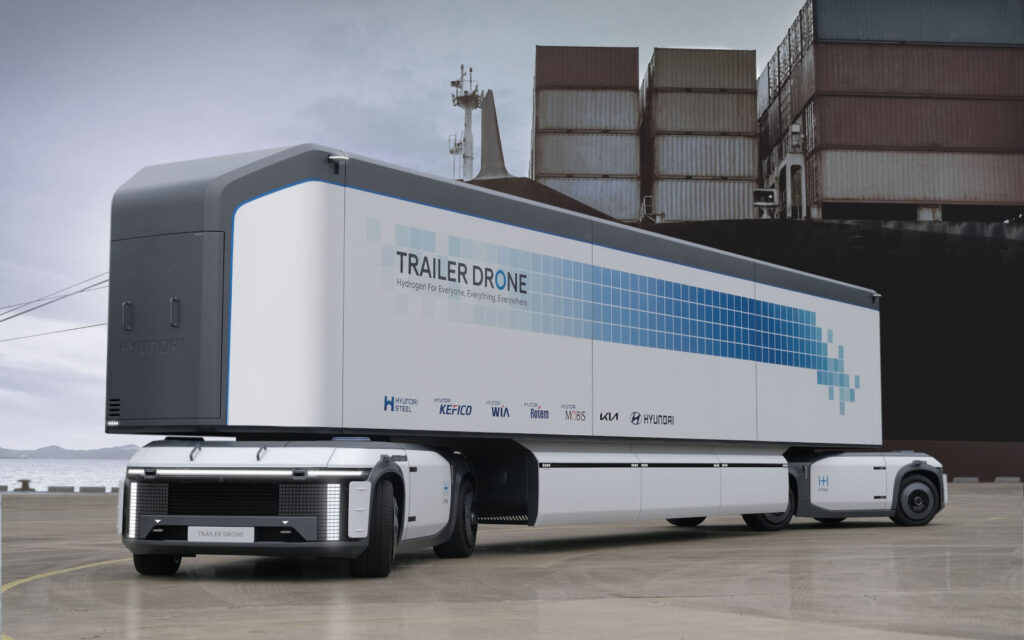
The Trailer Drone concept is a hydrogen-powered container transportation system capable of operating fully autonomously. With the number of intelligently packaged hydrogen tanks tailored to the journey profile, the flexible and efficient Trailer Drone ensures more than 1,000km of sufficient range from a single charge, comparable to existing container transportation systems.
The autonomous capabilities of the Trailer Drone were not achieved by simply repurposing technology developed for passenger car applications. The unique requirements of container transport applications and the way container terminals operate meant that engineering teams from the Group needed to completely redefine how a container maneuvers. As a result, the engineering team developed the ‘Fuel Cell e-Bogie’.
Fuel Cell e-Bogie
The term ‘bogie’ originates from the rail industry. Rail bogies are wheel subframes that sit under every train car. The Fuel Cell e-Bogie sits under the container just like a rail bogie and is a fully enclosed system with fuel cell propulsion and fully independent four-wheel steering. The Trailer Drone concept requires two fuel cell e-Bogies, allowing for unprecedented maneuverability through sideways movement. The Trailer Drone can move autonomously through portside operations and tight urban environments. Efficiency is further boosted by the ‘Cluster Mode’ which enables multiple Trailer Drones to travel together in an almost train-like configuration.
The Fuel Cell e-Bogie is not exclusive to the Trailer Drone and caters to a wide value chain such as ground logistics, construction, firefighting and disaster relief missions. It offers a multi-purpose platform, capable of a variety of objectives – all in zero-emission and autonomous operation.
Vision FK
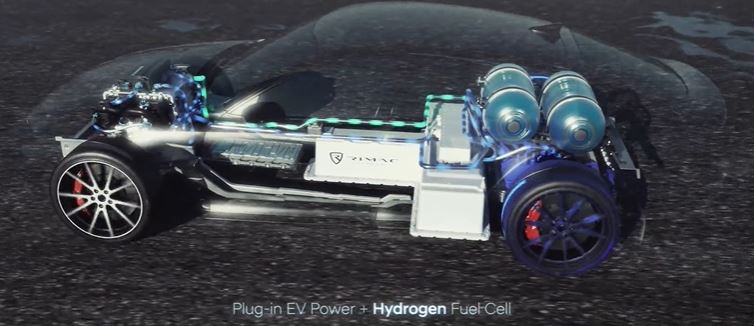
Fuel cell technology is equally applicable to high-performance vehicle applications. In this respect, the Group has showcased a concept hydrogen-powered hybrid sports car, named the Vision FK. With a maximum output of over 500kW, the Vision FK concept can accelerate from 0-100km/h in less than four seconds. Combining a fuel cell energy converter with a high-power, RWD, plug-in powertrain, the Vision FK aims to achieve over 600km in range.
Rescue Drone
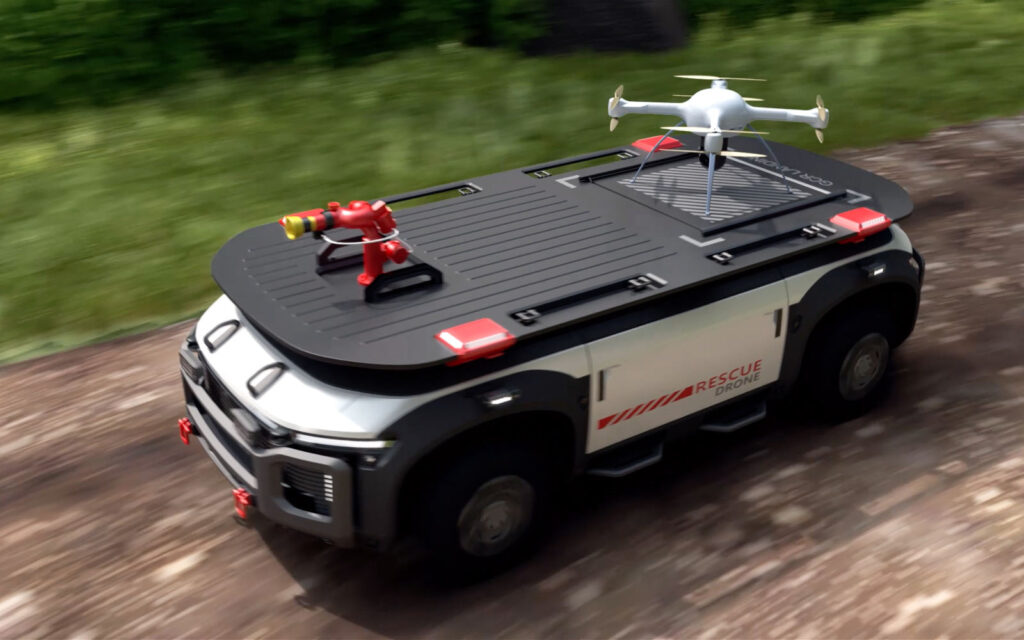
The Rescue Drone is a new concept mobility solution that combines with a Fuel Cell e-Bogie to create a flying drone that can be operated remotely and autonomously for critical operations such as fire-fighting and life-saving. The Rescue Drone features an independent steering system for in-place turning maneuvers and ‘crab-walk’ driving. It can also carry out missions via images transmitted from drones mounted on the vehicle exterior and achieves a 450 to 500km driving range from a single charge.
H Moving Station
The H Moving Station is a heavy-duty vehicle equipped with charging facilities for FCEVs. This portable hydrogen refueling station ensures convenience as well as charging options in areas with limited hydrogen refueling stations.
RHGV (Rescue Hydrogen Generator Vehicle)
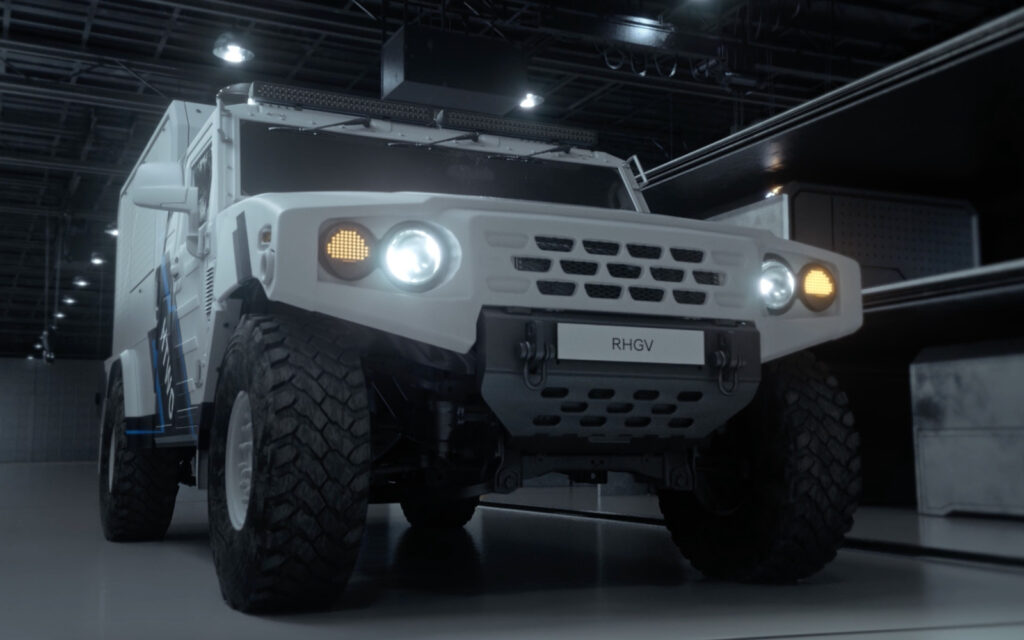
The RHGV supplies power to vehicles in aid of urgent assistance in remote, off-road areas. The portable electric vehicle charger offers single-phase 220V and 3-phase 380V simultaneous power supply.

